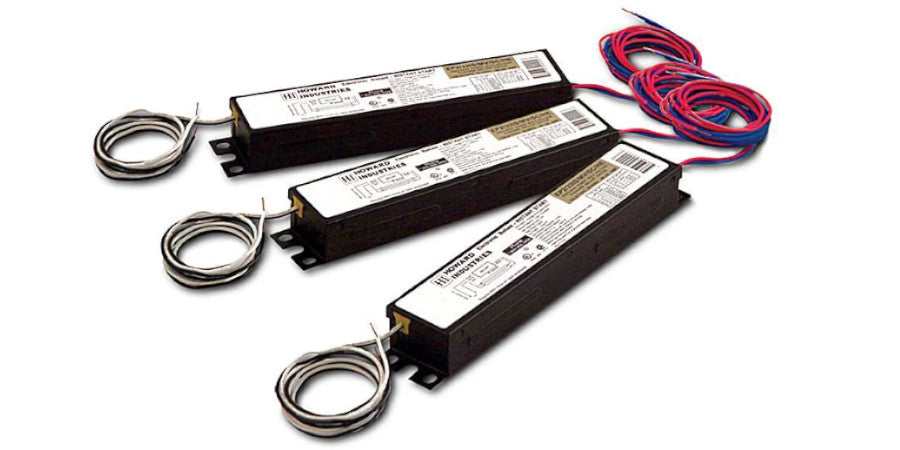When it comes to lighting systems, there's a crucial component working behind the scenes that often goes unnoticed – the ballast. If you've ever wondered about the role of ballasts in lighting fixtures, you're in the right place. In this post, we'll shed light on what ballasts are and why they are essential.
What is a Ballast?
In the world of lighting, a ballast is a device that regulates the electrical current flowing through a fluorescent or high-intensity discharge (HID) lamp. Essentially, it acts as a control gear, ensuring that the lamp receives the right amount of voltage to start and operate efficiently.
The Key Functions of Ballasts
1. Starting the Lamp
One of the primary functions of a ballast is to initiate the electrical discharge within the lamp. Fluorescent and HID lamps require a higher voltage to start the ionization process, and the ballast provides the initial kick to get the lamp lit.
2. Regulating Current
Once the lamp is ignited, the ballast maintains a steady current flow. It prevents the lamp from drawing too much current, which could lead to overheating and premature failure. By regulating the current, ballasts contribute to the overall longevity and performance of the lighting system.
3. Achieving Stability
Ballasts play a crucial role in stabilizing the light output. They ensure that the lamp emits a consistent level of brightness without flickering or fluctuations. This stability is not only essential for visual comfort but also for creating a more energy-efficient lighting system.
Types of Ballasts
1. Magnetic Ballasts
Traditionally used, magnetic ballasts are known for their reliability but are less energy-efficient compared to their electronic counterparts. They operate on a magnetic core and coil system.
2. Electronic Ballasts
Modern lighting systems often incorporate electronic ballasts. They are more energy-efficient, provide better light quality, and are generally lighter and smaller than magnetic ballasts. Electronic ballasts operate by converting electrical current from AC to DC and then back to high-frequency AC.
The Bottom Line
In summary, ballasts are the unsung heroes of lighting systems. They facilitate the starting process, regulate current flow, and ensure the stability of light output. Understanding the role of ballasts is crucial for anyone involved in lighting design, maintenance, or upgrading systems to more energy-efficient solutions.
Whether you're a lighting professional or a curious enthusiast, recognizing the importance of ballasts empowers you to make informed decisions when it comes to optimizing your lighting setup.






















































